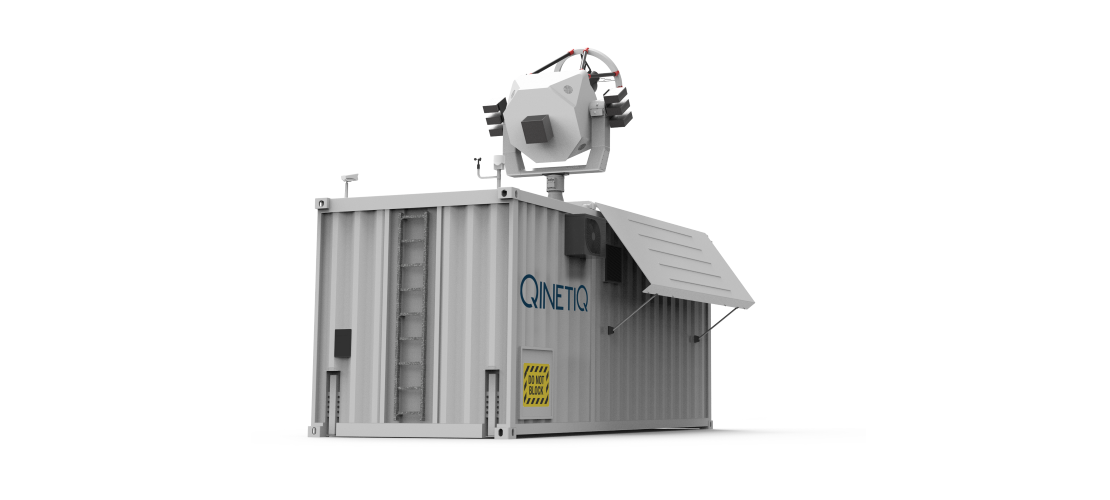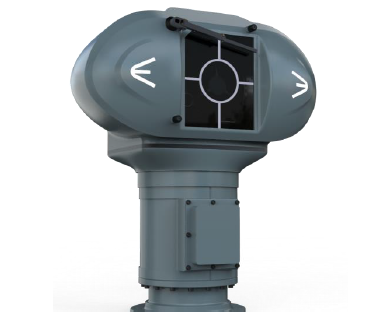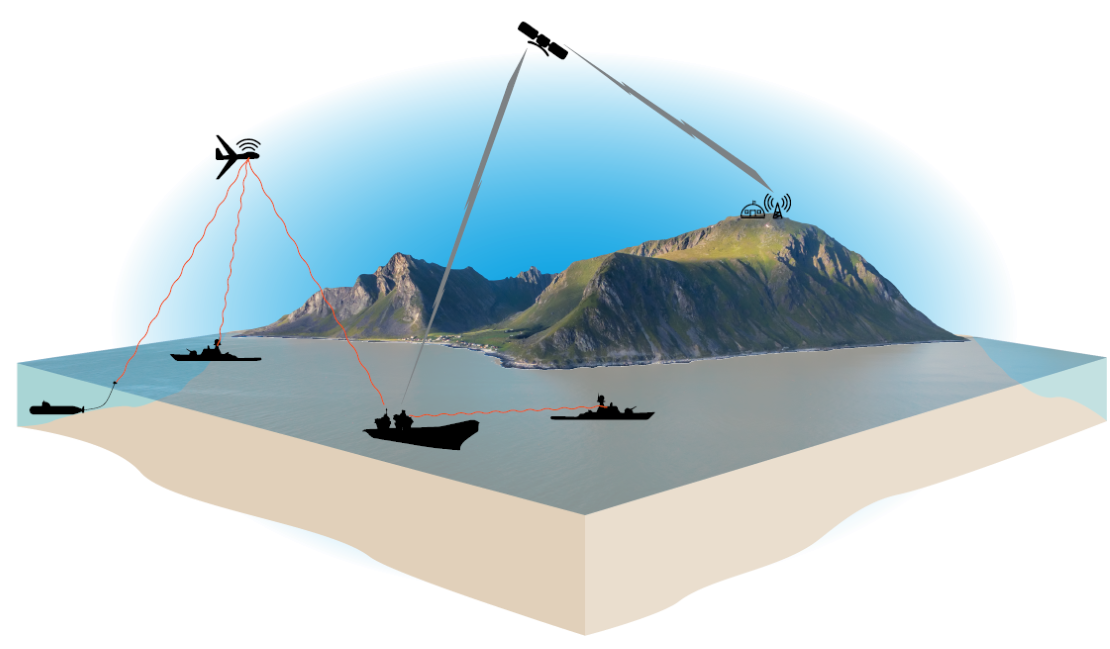We have developed core FSOC technology and are working across all domains, developing FSOC concepts, rapidly prototyping and fielding solutions, conduct ground breaking experimentation – supported by modelling and simulation, delivering systems into the hands of the users that enables information advantage today.
We are currently investigating how Free Space Optical Communications could meet the needs of the military front line commands across the world, including providing a core FSOC module that militaries can integrate into existing capabilities. This core module would provide a communications link and sensing modes that could be scaled for different applications and incorporated into ruggedized housings that suit different deployment conditions, providing a rapid route to early adoption of FSOC capability.
In addition to the core FSOC module, our expertise also includes accurate cueing, pointing, vibration mitigation, target tracking, turbulence mitigation and other areas required to create a domain appropriate FSOC system suitable for use in military domains.
Please speak to us if you wish to:
- Understand how FSOC communications can minimise your RF footprint and signature within the battlespace;
- Rapidly prototype FSOC for representative trials and CONOP development;
- Implement novel sensing along FSOC capabilities;
- Understand how FSOC can transform how you fight across Air, Land, Sea and Space, Implement FSOC capabilities into your existing EO/IR capabilities.
Working with our customers and partners, we have developed a series of concept use cases across each of the military domains.
Air
We have already created an airborne flight ready payload for a High Altitude Persistent Surveillance (HAPS) platform that provides FSOC capabilities from HAPS up to satellites, across to other HAPS platforms and down to the ground. The HAPS to HAPS optical communications link has a range of over 100km enabling high bandwidth communications backbone in a strategically deployed platform. Recognising the requirement for sensing as well communications on a critical platform such as HAPS, we have implemented LIDAR ISR modes within the payload, increasing military flexibility during a long HAPS flight and ensuring SWaP constrained platforms like HAPS can achieve a greater degree of military effect and advantage.
FSOC increasingly has a role to play on other airborne platforms in order to provide a way of communicating data off board the aircraft without comprising platform integrity or survivability. Our experts have all the correct skills, expertise and underlying FSOC technology to make this a reality.
Land
FSOC can revolutionise the communications links between/within dispersed Divisional headquarters by providing greater capacity data links. The key is the increased survivability afforded by reducing the RF footprint of high value and critical military assets, for example Divisional HQs operating in contested environments.
We have developed a design for the UK government to explore the benefits of FSOC as a future satellite communications bearer and are also looking at the use of optical communications in more tactical scenarios, such as ground to ground links.

Maritime
Optical Communications provides numerous advantages over RF in the Naval Domain. Whilst it will never replace RF entirely, it can sit within a toolset, delivering huge benefits by reducing ship, submarine, and fleet EM signatures and providing a bandwidth that is orders of magnitude greater than current in service RF links. We have developed a design for trialling naval free space optical communications link capable of surviving the harsh maritime environmental conditions and maintain a communications link between platforms in a range of different sea states.
In the near future, ship to HAPS and ship to satellite optical communications will unlock greater connectivity with the wider battlespace.

Space
Optical Communications between satellites in the space domain has already been proven through contracts like the European Data Relay Service. These links tend to be between different satellites to enable high throughput of data around the globe. Interest in the use of Optical Communications that are either Direct to Earth or include HAPS as an intermediate step is growing. We have designed an Optical Ground Station which provides an optical communications capability into Low Earth Orbit (LEO) satellites, including those operating at low slant angles. In the future this capability will be developed for use with GEO satellites.





